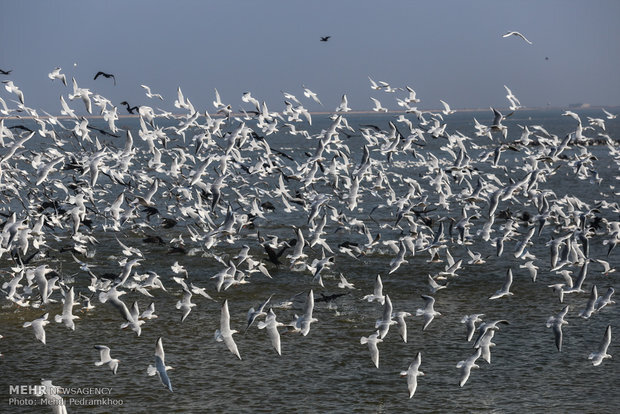Migratory birds return to Shadegan wetland

TEHRAN – Shadegan wetland in southwestern province of Khuzestan has come back to life by heavy rainfall and is now hosting flocks of migratory birds, Mehr news agency reported on Wednesday.
Shadegan wetland covers 530,000 hectares, 400,000 hectares of which has been designated as a Ramsar site (defined by the Ramsar Convention for the conservation and sustainable use of wetlands, recognizing the fundamental ecological functions of wetlands and their economic, cultural, scientific, and recreational value).
The wetland feeds on Marun and Karun rivers both crossing Kohgiluyeh and Boyer-Ahamd province, but after dam construction over the Karun river the wetland went dry not receiving its water right.
After the torrential rains and flooding started on March 19, the wetland has been saturated.
Khuzestan province’s department of environment chief, Rahim Mojadami, said as the temperature drops in their habitat, the migratory birds come to spend the winter in Shadegan international wetland.
This year, the number of migratory birds will increase due to above-normal rainfall and good nutrition, he added.
The favorable weather conditions of Khuzestan province have attracted many birds, including ducks, storks, flamingos and other aquatic birds to winter here, he concluded.
Based on the latest data published by National Drought Warning and Monitoring Center affiliated to Iran’s Meteorological Organization, during the last crop year (started September 23, 2018), precipitation in Khuzestan province increased to 523.3 millimeters from 204.1 millimeters in the previous water year, demonstrating a 156.4 percent rise. The amount also raised by 63.9 percent in comparison to the long-term average of 319.3 mm.
FB/MG
